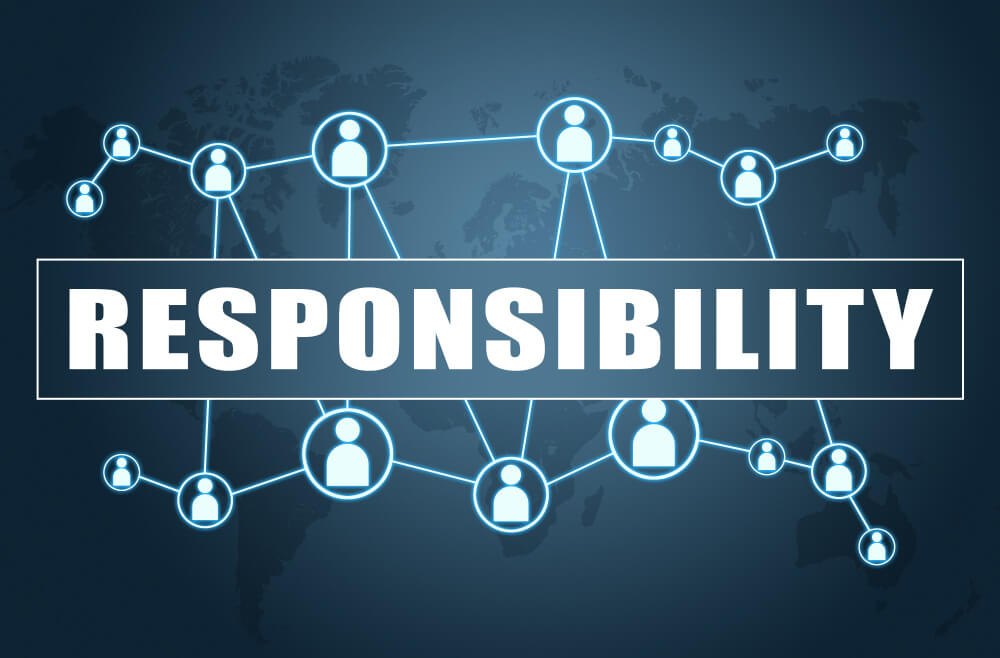
Usman Ghani (November 1, 2019)
No matter the industry, all companies must win the customer’s favor to secure their repeat business. This critical moment often occurs after a purchase or service has taken place. A number of challenges faced while striving for customer loyalty are directly connected to customer service quality. Whether an employee is having a bad day or the software has a glitch, the task remains to deliver an optimal experience at every possible customer touch point. A positive customer experience (CX) is a lot like flying first class – the customer should feel that the organisation and its representatives are attentive, reliable, and efficient at all times.
These are three essential steps required for creating a seamless customer experience:
#1.Customer-Centric Skills Enhancement Sessions

One way an organisation can encourage positive customer experiences is by focusing on their employees. More specifically, they can design or commission custom-tailored soft skills training sessions that encourage better communication with the customer or client. Supervisors are best equipped to introduce soft skills training into their particular team or department. Two of these basic skills include the following:
? Communication: It is vital to communicate with customers clearly and effectively. Training sessions focused on evaluating and improving existing communication skills are a valuable investment- whether an employee has a customer-facing role or not.
? Conflict Resolution: Customer service experts recommend role-playing activities to help employees rehearse complex scenarios. The goal is to maintain composure while interacting with an upset customer and diffuse the situation in a satisfactory manner.
#2.Responsible Reputation Management

Ever consider what importance social media has in the success of a modern-day organisation? It is often the first resource through which potential customers or clients hear about a company’s offerings. Make sure that there is always crystal-clear and transparent two-way communication going on between the social media team members and all the other relevant employees. The aim of social media is to keep customers in the loop with the latest products and services at a company. Well-planned social media management paired with thoroughly researched reputation management strategies will prevent serious damage – be it due to a faulty product or a costly oversight by a team member.
#3. Employee Engagement Program

It is no secret that engaged employees make for better customer experiences. Achieving optimal employee engagement, however, requires careful planning by the team leads. The organisation’s core purpose and goals must be successfully communicated and understood by its employees. Once that is accomplished, employees are more likely to be emotionally committed and focused on fulfilling their company’s goals. They will put in the time and effort to deliver satisfactory customer experiences – because they truly care about the outcome. As a manager, one can roll out a customised employee engagement program which includes:
? Recognising employees’ achievements like external certifications, breaking a customer service record, or gaining a ‘kudos’ from a pleased client, and
? Supporting on-the-job learning by sponsoring professional development courses, either completely or by a significant percentage. (These courses can be in the form of traditional, evenings or weekends-based workshops or online sessions.)
There are a plethora of soft skills that can be taught with specialised training sessions. It’s best to hold these sessions every quarter or annually, depending on your company’s specific requirements. Eventually, adopting this new strategy will encourage more recurring customers, as the customer will is bound to remember a good experience and associate it with the brand. The objective must be to deliver a hassle-free experience to every single customer.

Healthcare workers are entrusted with the great responsibility of caring for people. In order to continually offer comfort and care to people, there are certain skills that healthcare professionals need to master. Of course there are the obvious ones related...
Read More
Creative thinking is one of the most important and sought after soft skills that you need to acquire in an increasingly digital landscape of 2021 and beyond. Creative thinking skills are required in many different job roles to come up...
Read More
Sales are the backbone of any business and great salespeople are an asset for the company. Some people are naturally gifted in the art of persuasive communication and negotiation skills required to convince clients and effectively sell more. However, certain...
Read More